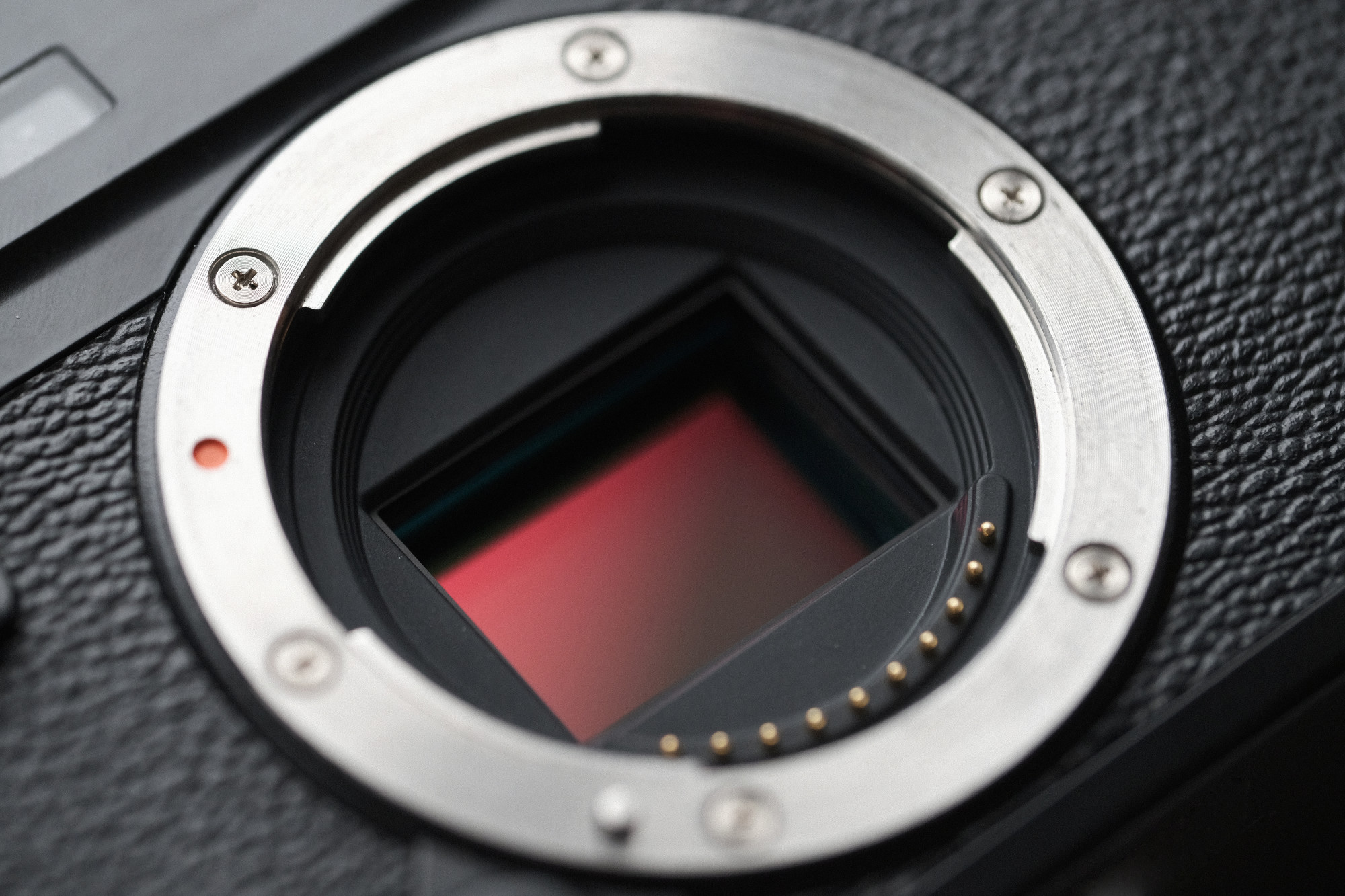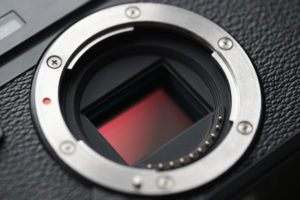
Finding the Best Mirrorless Camera: 7 Essential Qualities to Look For

Did you know that the size of North America’s camera market in 2018 reached an astounding $1.4 billion? The global statistics are just as fascinating, clocking in at $13 billion worldwide.
When you consider the fact that almost half of the population ages 18-29 — or 48 percent — own a digital camera, this number isn’t so surprising.
Are you on the hunt for a new camera? Updates in technology have given way to some amazing products, one of which we’re focusing on today — mirrorless cameras. These DSLR alternatives are quick, lightweight, and sharp.
We’ve compiled a guide to help you find the best mirrorless camera on the market today. Your options are aplenty, and there are many factories to consider — cost, features, brand, size, and more.
Let’s make your decision easier by checking out the seven most crucial qualities to focus on when making a choice!
1. Precision Autofocus
Unlike DSLR cameras, which use phase detection to focus on a subject, mirrorless cameras use contrast detection. Contrast detection waits until there is enough contrast between pixels to find the focus before shooting.
This process allows for a clear image, but it does come with a small disadvantage.
Because of the nature of the process, it doesn’t work as well in low-light or with lots of motion. Make sure your mirrorless camera is one that has precision autofocus. Some even offer a hybrid blend of these two, offering a great compromise.
2. WiFi Capability
Have you ever been on a trip with the family photographer and had to nag them for weeks afterward for their photos? Have you had to plot ways to “borrow” their SD card so you can upload images onto your computer?
With WiFi-compatible mirrorless cameras, you won’t have to deal with this problem anymore! Now, sending photos right to your cellphone or computer is as easy as a few clicks of a button.
Ensure the camera you’re looking into has WiFi capability. This will make sending out photos more straightforward and stress-free than its ever been. You’ll also be able to access them even in remote areas with no internet.
3. Quality Video
With such excellent compatibility with lenses (more on that next), your camera can do more than take amazing photos. Mirrorless cameras, with their contrast detection, are great at maintaining their focus once it gets there. This allows you to take, create, and shoot high-quality video.
If you run a YouTube page, shoot for weddings or events, or you follow around bands, BMXers, or more, you’ll know how essential this quality can be.
Ensure that your camera not only takes high-resolution video but also has image stabilization included. This way, no matter what lens you have on your camera, your camera is doing the work — not your lens. In-body image stabilization is one phrase to keep your eye out on when shopping.
4. Variety in Lenses
One large advantage to mirrorless cameras over DSLR is their ability to fit a multitude of lenses. Make sure that the camera in your sights is no exception. The versatility is what will take your shooting to another level.
Some common lenses to consider are as follows:
- Standard—Typically 50 mm, good for mid-range focal length
- Telephoto—Long focal length, high level of magnification, allowing for a larger distance between you and subject
- Macro—Designed for close-up photography
- Wide-Angle—Short focal length, but with a larger angle of view
Within these choices is a variety of other options. For example, you can have a short, medium, or super-telephoto lens.
If you need a plethora of styles, you need a camera that allows for versatility.
5. High-Resolution Viewfinder
Why do we love digital cameras?
Unlike film, you’re able to see your image, alter your perspective, and make it better. The viewfinder — the screen on the back of your camera — allows you to do just that: find your view. You can adjust as needed and take quality photos every time.
A high-resolution viewfinder allows you to see an “extremely accurate, true-to-life depiction” of the scene you’re about to photograph. One with poor resolution only gives back a grainy idea of what you can expect.
One example of a high-res viewfinder is Sony’s new Alpha 7R IV. It’s about 1.6 times the resolution of the model that came before it. This upgrade in resolution provides some of the best shooting conditions possible!
If photography is more than your hobby, this quality is key to making sure you’re taking amazing photos. High-res viewfinders allow you to know how great (or not-so-great) your images will turn out.
6. High Megapixel Count
Megapixels are individual elements of a digital image. The number of megapixels a camera has directly affects its resolution.
A camera with high megapixels means it uses more pixels to create an image. This allows for a more precise focus and greater accuracy. It also means that pictures will transfer quality well onto phones, computers, and print.
A high megapixel count is undoubtedly more desirable when shopping for the best mirrorless camera.
7. Cost
Photographers love mirrorless cameras because they’re a lightweight, smaller, and quieter option when compared to their DSLR cousin. But that doesn’t come without a price tag.
Discover what qualities from this list matter the most to you. Then compare your options to ensure you’re getting the best bang for your buck. Since these cameras can cost a pretty penny, you’ll want to ensure you’ve considered it all before making that purchase.
What’s the Best Mirrorless Camera for You?
Decisions, decisions!
This guide should have given you an idea of what to expect in the buying process. Finding the best mirrorless camera is a matter of hunting, researching, comparing and contrasting. We hope this has helped you narrow it down.
Once you’ve made your choice, why not deck it out even more? Check out this article on the 5 best camera accessories to up your shooting game!
